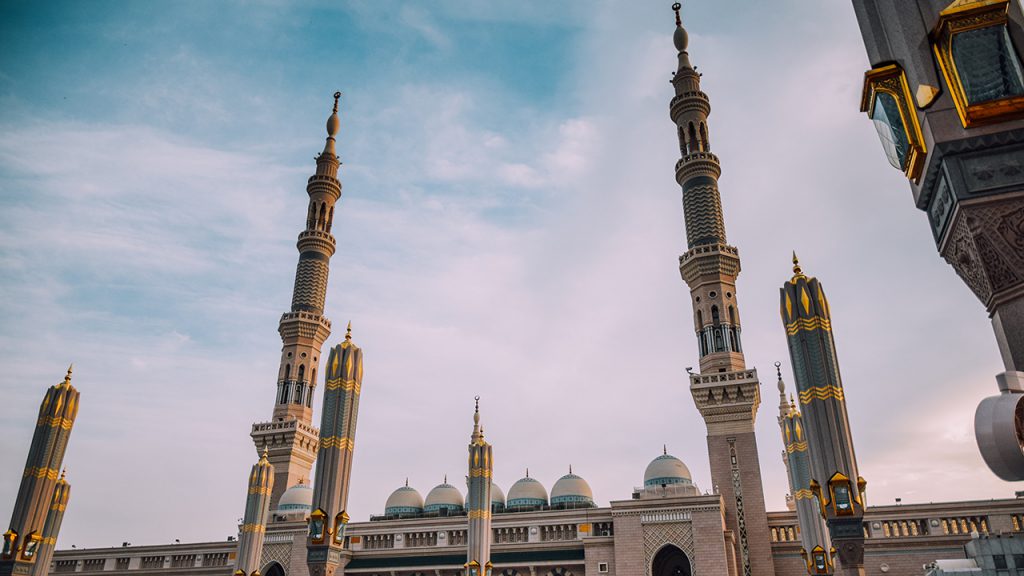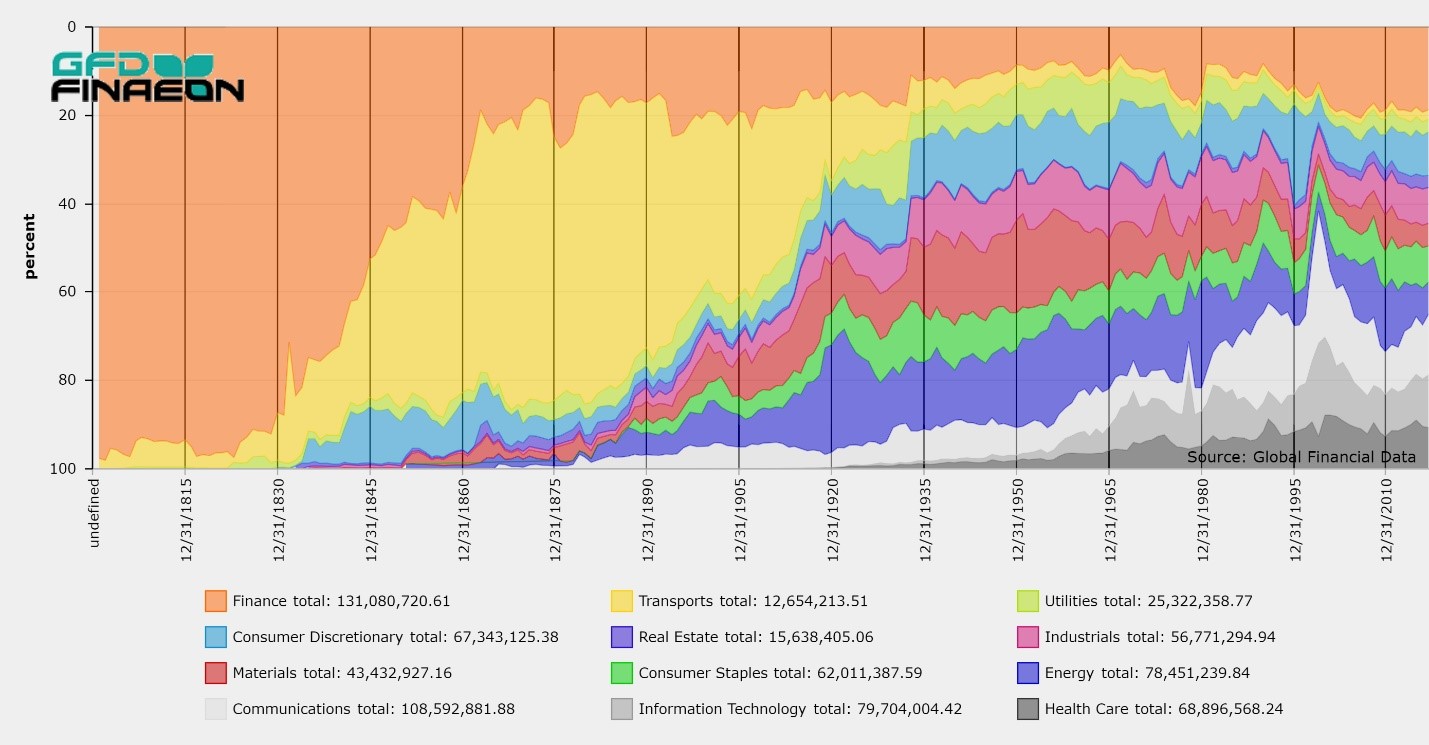 Fear is powerful. Especially when it comes to the economic forces in the world and tied to our quality of life. This basic concept is pertinent to not only those in first world countries, but maybe even more so to people in developing nations. When the crash of 2008 happened on Wall Street, people reacted with fear. Fear of the crash happening again, and that sentiment drove politicians to implement changes so that they could try to contain the next market downturn.
Developing nations are no different. Their economies fluctuate through peaks and lows, and their citizenry and political elite operate similarly with varying degrees and spit out the same patented responses to the threat of instability. So much so that when the price of oil dropped in the 1980s, plummeting Saudi Arabia’s GDP over 20%, the kingdom began taking measures to ensure their over-reliance on oil couldn’t drain their economy again.
Fear is powerful. Especially when it comes to the economic forces in the world and tied to our quality of life. This basic concept is pertinent to not only those in first world countries, but maybe even more so to people in developing nations. When the crash of 2008 happened on Wall Street, people reacted with fear. Fear of the crash happening again, and that sentiment drove politicians to implement changes so that they could try to contain the next market downturn.
Developing nations are no different. Their economies fluctuate through peaks and lows, and their citizenry and political elite operate similarly with varying degrees and spit out the same patented responses to the threat of instability. So much so that when the price of oil dropped in the 1980s, plummeting Saudi Arabia’s GDP over 20%, the kingdom began taking measures to ensure their over-reliance on oil couldn’t drain their economy again.
On January 23, 2015, King Abdullah died and Salman bin Abdulaziz Al Saud ascended the throne of Saudi Arabia. King Salman appointed his son from his third spouse, 31-year-old Deputy Crown Prince Mohammed bin Salman, as minister of defense. Since then, Prince Salman’s power and influence has grown and, as such, the King appointed him chair of the newly established Council for Economic and Development Affairs, which replaced and disbanded Supreme Economic Commission.
Led by the Deputy Crown Prince, the kingdom began bold reforms for economic diversification to secure themselves against the next break in oil prices. Unfortunately, markets don’t wait for legislation and government studies. After a thirty-year hiatus, oil prices have fallen to the bottom again and, reminiscent to the 1980s, has a stranglehold on Saudi Arabia’s GDP.
Not a moment too soon, too, because in 2016, the kingdom released its National Transformation Program 2020, created by Vision 2030, where they have an unemployment rate of 11.6% (and have a target of 9% by the year 2020) – compared to the United States 4.9%, the cost of housing is ten times that of an ordinary Saudi’s annual income, home ownership rates are at 47%, whereas the U.S. is 62%, and private sector generated jobs are at 650; meager compared to the international benchmark of 4,000. Oil amounts to nearly 80% of budget revenues and almost half of Saudi Arabia’s total GDP. With the drop in oil prices, its impact on Saudi Arabia’s GDP has been catastrophic, resulting in a fifteen percent change in its GDP.
- Create more than 450,000 jobs in the non-governmental sector by the year 2020;
- Open financing and subsidy opportunities for home ownership with a target of 52% of the Saudi population being home owners by 2020;
- Increase non-oil related revenues from 163 Billion SR to 530 Billion SR;
- Overhaul its tax system;
- Enhance the importing and exporting operation & process; and
- Reform and restructuring of primary health care systems.

